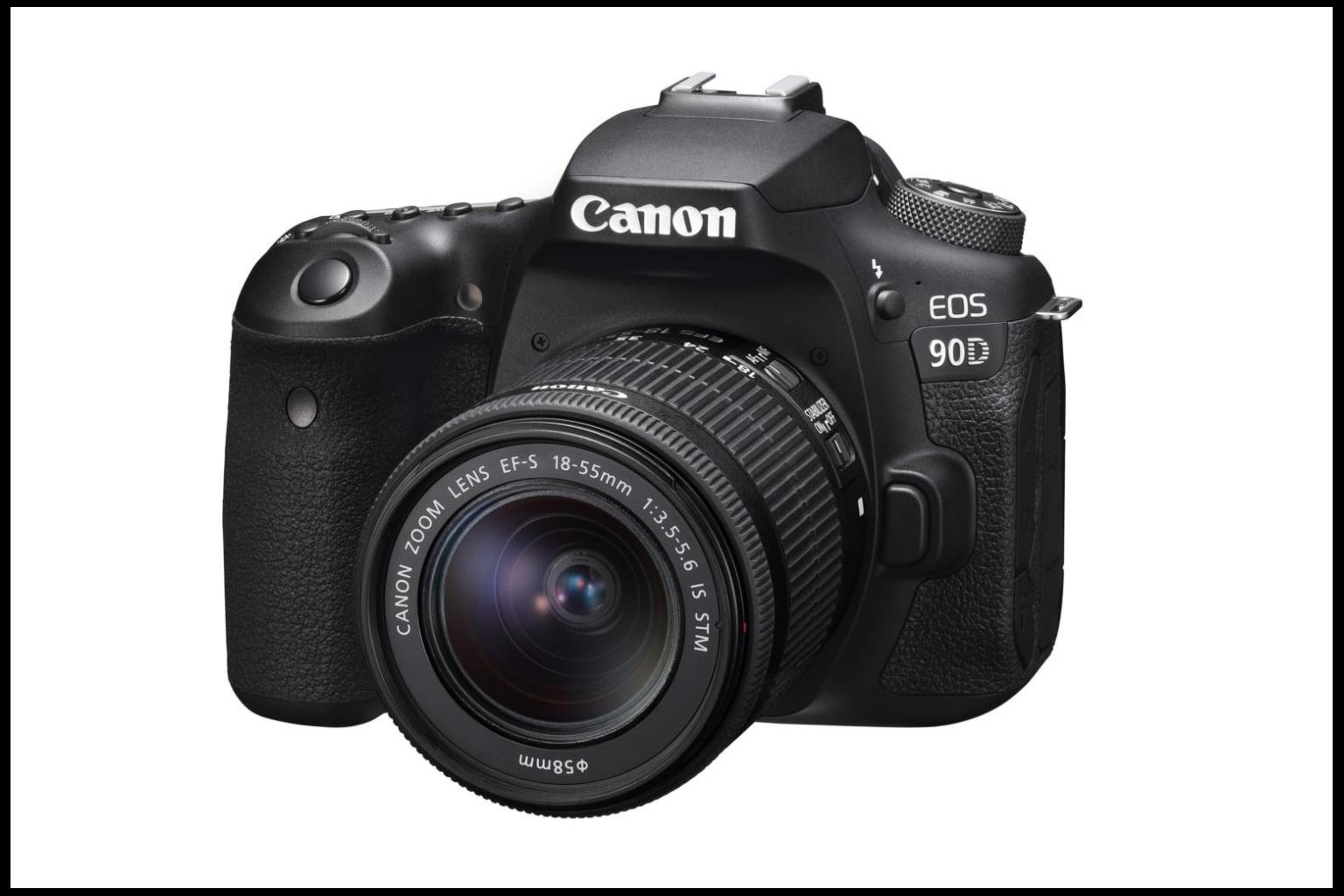Tech review: Canon EOS 90D probably the best DSLR in its class
Sign up now: Get ST's newsletters delivered to your inbox

Ironically, being heavier makes the Canon EOS 90D much easier to hold compared to mirrorless cameras.
PHOTO: CANON
Trevor Tan
Follow topic:
Full-frame mirrorless cameras are all the rage now. So is an upper mid-range APS-C DSLR camera like the new Canon EOS 90D still worth the attention of photographers?
I think so. For a start, not everyone can afford a full-frame mirrorless camera, which usually costs around $3,000 (body only) or more. The 90D costs $1,779 (body only).
And while the 90D is certainly not as compact and lightweight as some full-frame mirrorless cameras, it feels more sturdy than most full-frame mirrorless cameras. It is also resistant to water and dust. Plus, it has the feel of a high-end DSLR camera with its pronounced textured grip that makes it a joy to hold.
Ironically, being heavier makes the 90D much easier to hold compared to mirrorless cameras. Its heft is a good counter-balance to huge lenses. For this review, I used my personal Canon EF 24-105mm f/4.0 L lens.
Button layout is well thought-out. There is a knurled wheel dial behind the shutter release on the top right and another at its rear around the directional pad. They allow for the quick change of aperture size and shutter speed in manual mode.
The mode dial is on the top left of the camera, while an LCD panel displaying important information is on the top right. Four buttons, for controlling the Autofocusing (AF) mode, Drive mode, ISO settings and metering pattern, sit in front of this panel.
The best part is the rear mini joystick located beside the thumb rest. It allows users to easily move the AF point, whether they are using the optical viewfinder or the 3-inch rotatable touchscreen display.
Handling is superb with all these buttons and dials within easy access of one's thumb and fingers.
On the downside, there is only one SD card slot. An extra SD card slot would have been great, for backup or as an alternate recording format storage.
Also, the camera does not support USB charging even though it has a micro-USB port. I think this is a must-have for DSLR and mirrorless cameras these days, as it makes charging so much more convenient when you are travelling.
The 90D comes with a 32.5-megapixel APS-C image sensor, the latest Digic 8 image processor and a 220,000-pixel metering sensor.
It has the same 45-point cross-type AF system of its predecessor, the EOS 80D, and Canon's unique Dual Pixel CMOS AF technology that enables all of the effective pixels to perform both imaging functions and phase-detection AF.
It lacks an in-body image stabilisation (IS) system, which is found in many mirrorless cameras. This might be an issue if you shoot videos and do not have IS-enabled lenses.
Camera operation is swift, with instantaneous start-up and shutdown. Shutter lag is virtually non-existent.
Using an SD card with a writing speed of 30MB, the 90D was able to capture 21 RAW images in 2.1 seconds before the buffer ran out. Pretty much as advertised.
Under bright sunlight, the camera is able to focus on a subject instantaneously. Even in dim conditions, it takes only a second to focus.
During video recording, the 90D is able to re-focus on a subject in around one second when panning from one scene to another.
Images shot in the Jpeg format look fantastic with sharp rendition of pixels and great details. If you are shooting in RAW, you can get even finer details.
In terms of image noise performance, the 90D is a marked improvement over its predecessor, the 80D.
For instance, I would not recommend shooting with a sensitivity setting of above ISO 6,400 with the 80D. With the 90D though, photos are easily usable at this setting, with only some noise artefacts.
Even at ISO 12,800, when the loss of details can be clearly seen, images are still acceptable for the Web and small prints. I do not recommend shooting at ISO 25,600 or higher though, due to the high level of detail loss and noise.
Both 4K and full-definition videos look superb, though the lack of in-body IS means videos captured while walking will look slightly jerky.
Battery life is superb - you can take around 1,300 still images before you need to change or charge the battery. The camera can easily last two days of continuous shooting.
I have been wanting to replace my eight-year-old Canon EOS 7D APS-C DSLR camera. But it has always been a case of "what if I wait for another cheaper and better model". With the EOS 90D, I am now seriously tempted to replace the old camera.
FOR
• Affordable for its category
• Superb image quality
• Fantastic build
• Excellent handling
• Long battery life
AGAINST
• Only one SD card slot
• No image stabilisation
• No USB charging
TECH SPECS
PRICE: $1,779 (body only)
IMAGE SENSOR: 34.5-megapixel APS-C CMOS
DISPLAY: 3-inch rotatable touchscreen LCD with 1,040,000 dots; optical viewfinder
SENSITIVITY: ISO 100 to 51,200
SHOOTING SPEED: Up to 10 frames per second
CONNECTIVITY: Bluetooth, Wi-Fi
WEIGHT: 701g (body with battery and memory card)
RATING
FEATURES: 4/5
DESIGN: 5/5
PERFORMANCE: 4/5
BATTERY LIFE: 5/5
VALUE FOR MONEY: 4/5
OVERALL: 4.5/5 [ST Tech Editor's Choice]

